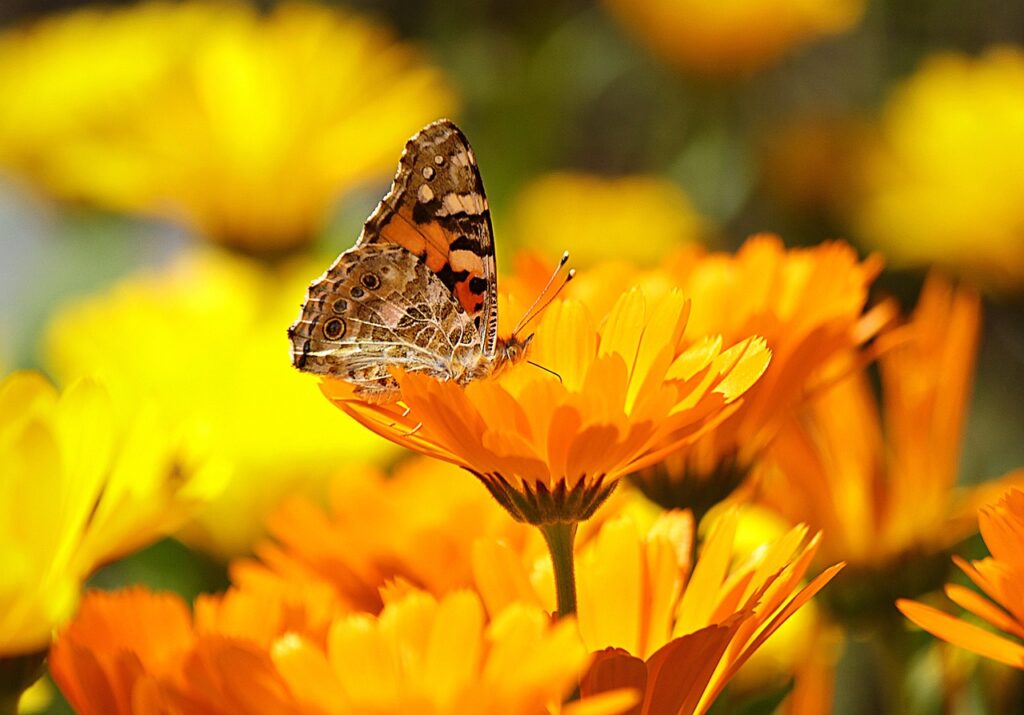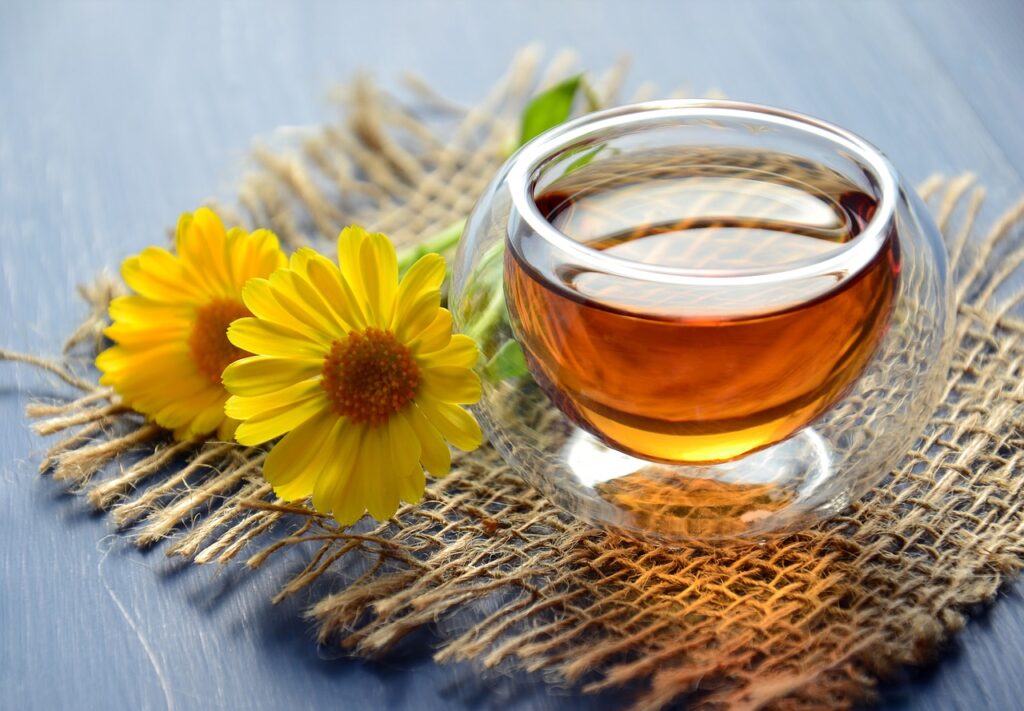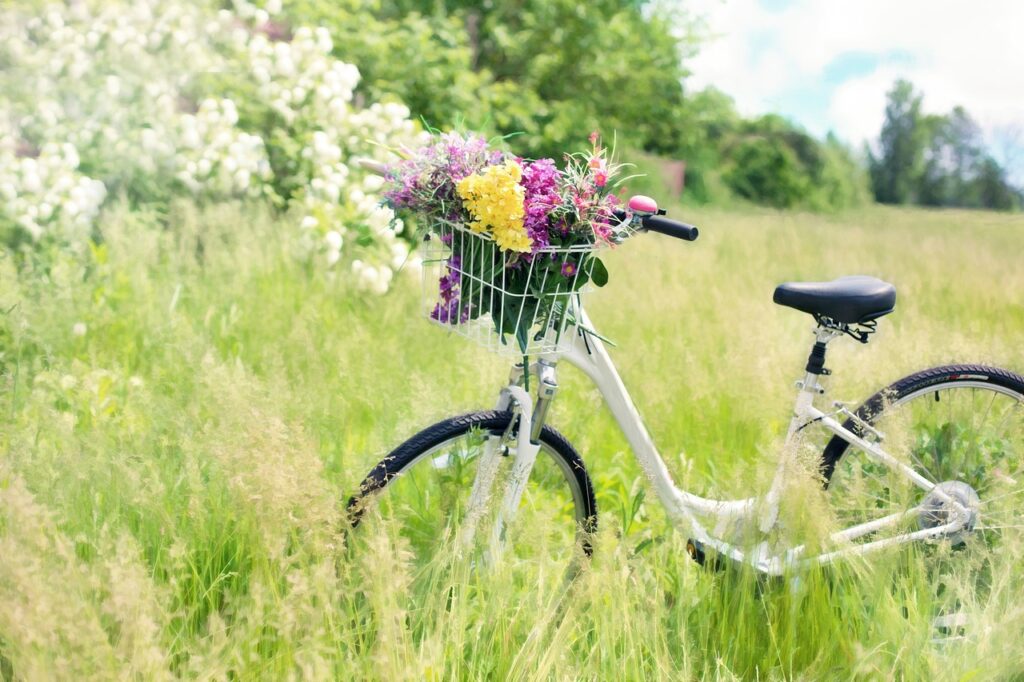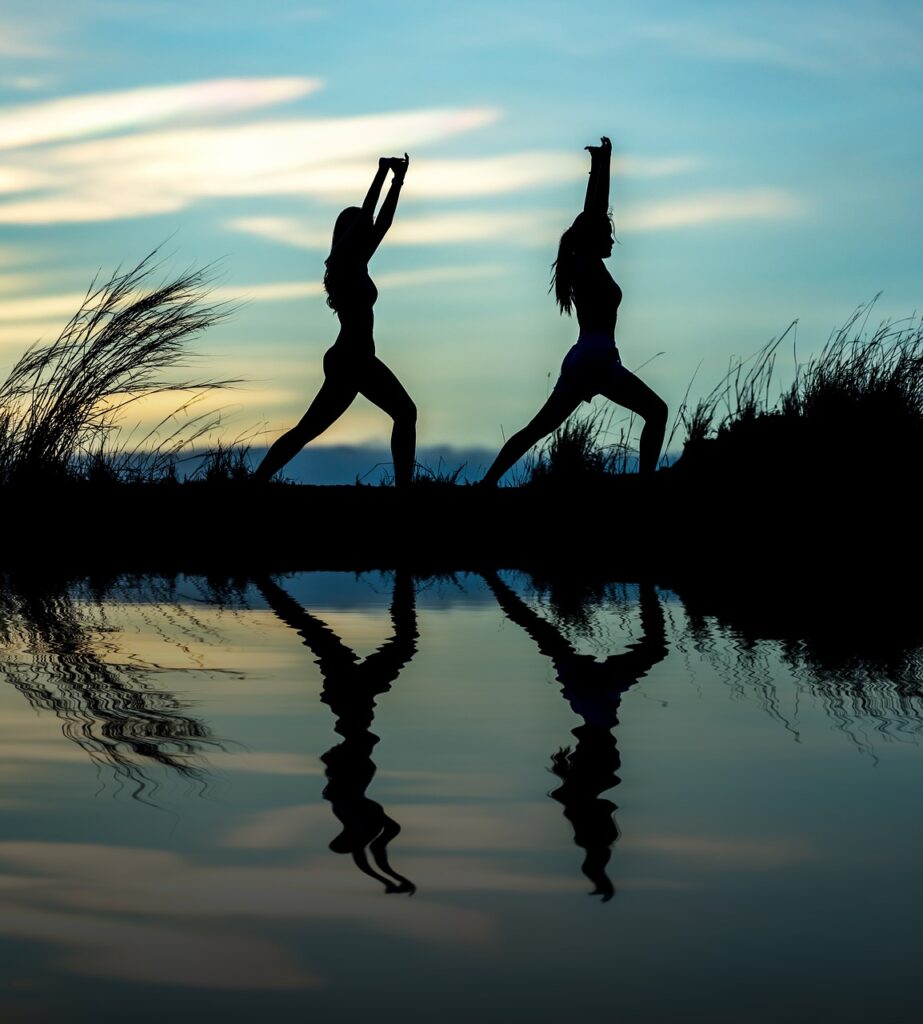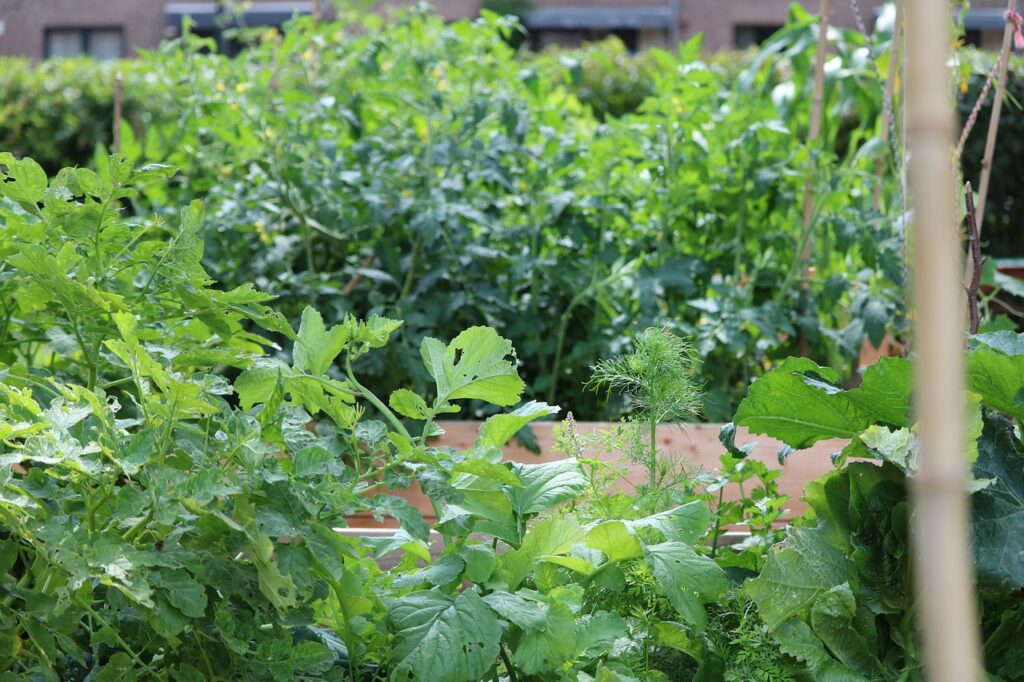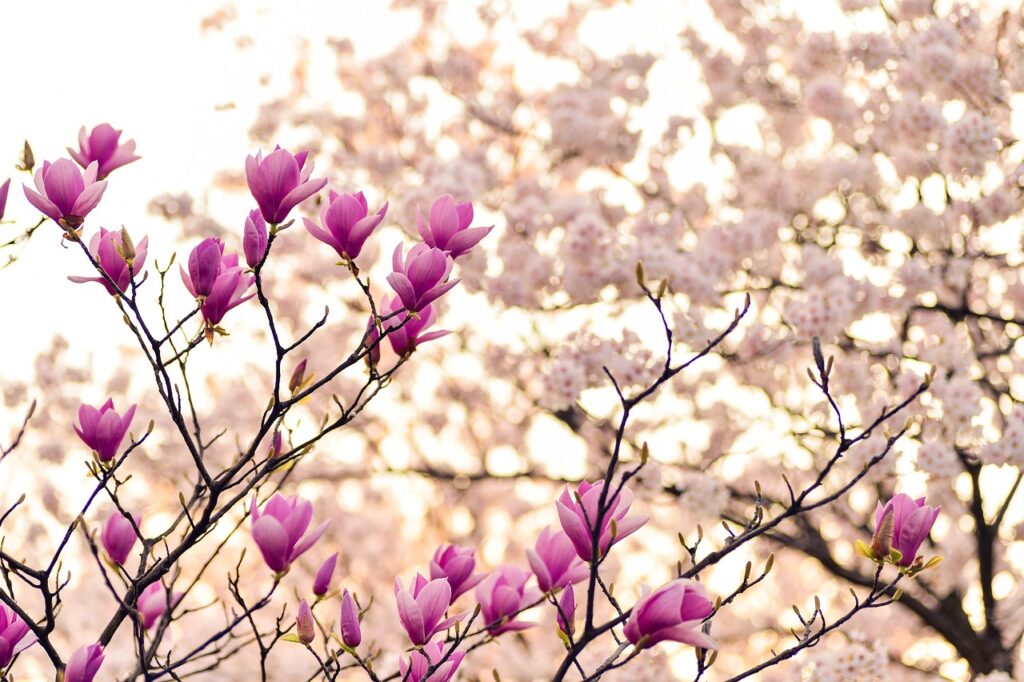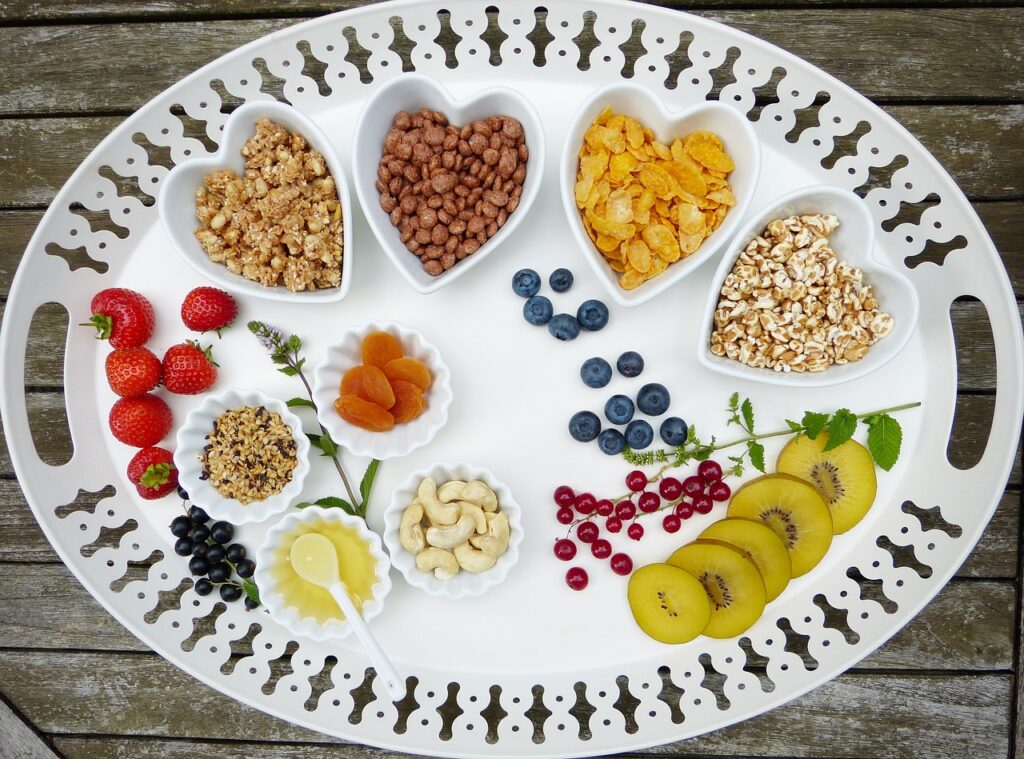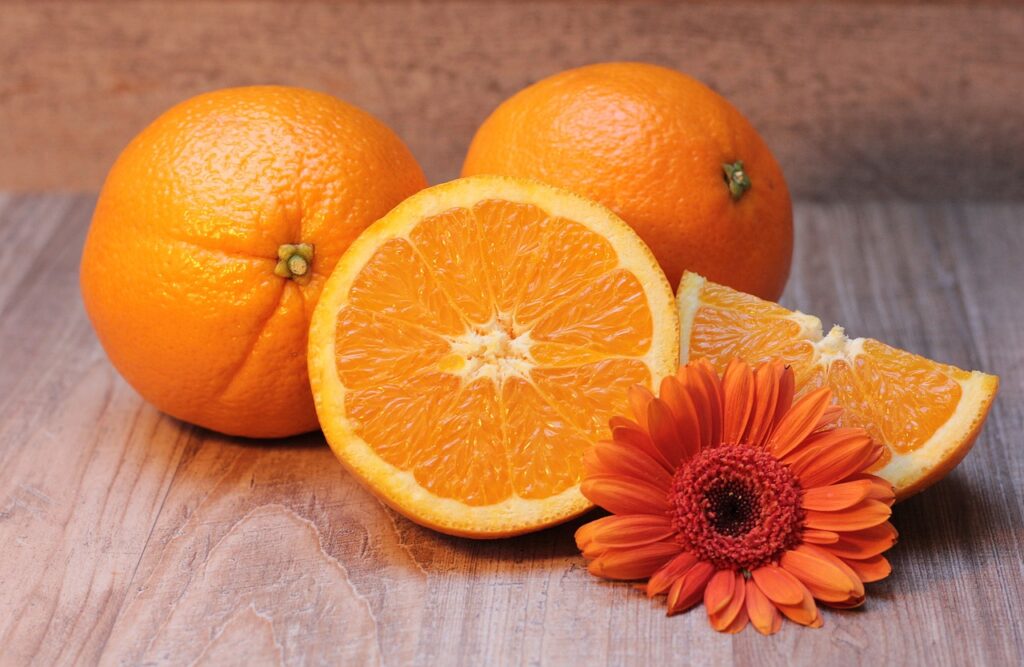
Hey pollinators! Today I want to share one of my favorite life hacks with you…thrifting. I have been in the thrift game for as long as I can remember. From wandering the aisles of antique stores with my mom, admiring trinkets from a time that came and went, to digging through the bins of Goodwill, and restocking my babies’ wardrobes, I have spent many hours perusing through thrift store racks.
Over the last few years, I have noticed a big boom in thrift and secondhand popularity. And I’m here for it. I love that people are finding the joy in thrifting. Not only is it economically savvy, but it’s good for the planet, as well. Less demand for new stuff means less waste.
What is Thrifting?
The Merriam-Webster definition of thrifting is to shop for or buy used goods, especially at a store that specializes in secondhand merchandise. The popularity of thrifting has exploded in the past 20 years. Before that, thrifting was often looked at as taboo or counter-culture, reserved only for those who couldn’t afford to buy new. It often came with a stigma attached to it that society frowned upon. Maybe that’s why I love it so much. I have always been a bit of a rebel and any way I can crush the status quo is always my jam.
5 Reasons to Start Thrifting This Year
Below are a few reasons why secondhand shopping is beneficial not only to your wallet, but to the planet as well.
Sustainability and Environmental Impact
If you’ve bought new clothes in the past 15 years, you’ve definitely been a part of the global issue of fast fashion. Fast fashion is the practice of taking high fashion and trendy catwalk designs, and replicating them at a fraction of the cost, for maximum profit. They do this through the exploitation of their textile workers, using low-quality/low-cost material, and in often non-regulated and hazardous working conditions.
These fast fashion designers produce an estimated 92 million tons of textile waste per year according to 2024 statistics. Most of these garments are single-use pieces, made of polyester or other synthetic fabric, and end up in the landfill every year. If yall know anything about synthetic fabrics, you know that they are made up of microplastics, and plastic is not biodegradable. By choosing to shop second-hand, you are helping to keep these plastics out of the landfills where they will sit for years and leech chemicals into the soil.
Not only a major producer of global textile waste, fast fashion is the second largest consumer of accessible. According to the Garson and Shaw 2024 report, 20 trillion gallons of water will be saved in the next decade by consumers chopping second hand rather than buying brand new. (Garson and Shaw Report 2024).
Affordability
Compared to buying new, thrifting can be very beneficial to your bank account. There’s nothing quite like finding a designer wristlet for $8, or a quality Italian leather jacket for $25. These days a dollar doesn’t go as far as it used to, so when you can have quality for a fraction of the original price, why wouldn’t you shop secondhand?
For even more savings, find out when your local thrift store is having their sales and plan accordingly. My favorite local PTO thrift store has tag sales. For example, green tags are 75% off. It’s nice to get extra savings on top of an already good deal. I won’t say no to extra savings!
Unique and Vintage Finds
Thrifting offers the thrill of discovering one-of-a-kind treasures that can’t be found in mainstream stores, adding excitement to every shopping trip. It allows you to embrace your individuality and craft a unique style that reflects your personality. Plus, the timeless appeal of vintage pieces adds charm and character to your wardrobe, setting you apart with stories woven into every find.
Supporting Local Communities
Shopping secondhand supports local charities and small businesses, as many thrift stores are nonprofit organizations or locally owned shops that reinvest in the community. I love knowing that my money is going back into the local community and not some mega-cooperation. One of my favorite thrift stores is operated by the district PTO, and all the funds are put back into the local schools, which I absolutely love.
Also, these stores foster a community-focused environment, often providing jobs, funding for social programs, or resources for those in need. By choosing to thrift, you contribute to a positive economic impact that strengthens local neighborhoods and helps them thrive.
Promotes Minimalism and Mindful Shopping
Thrift shopping encourages a minimalist lifestyle by promoting thoughtful, intentional purchases rather than impulsive buying. It helps you focus on quality over quantity, curating a wardrobe or space with items that truly add value to your life. This practice of mindful shopping not only reduces clutter but also fosters a sense of purpose and satisfaction in the choices you make.

Get out and get thrifty!
Thrifting is more than just a way to save money—it’s a lifestyle choice that benefits the planet, your wallet, and your personal style. By embracing secondhand shopping, you can make a positive impact on the environment, support local communities, and uncover unique treasures that reflect your individuality. I hope I have inspired you to get out of your comfort zone and hit up your local thrift store. I’d love to hear your favorite thrifting stories, leave me a comment down below!
